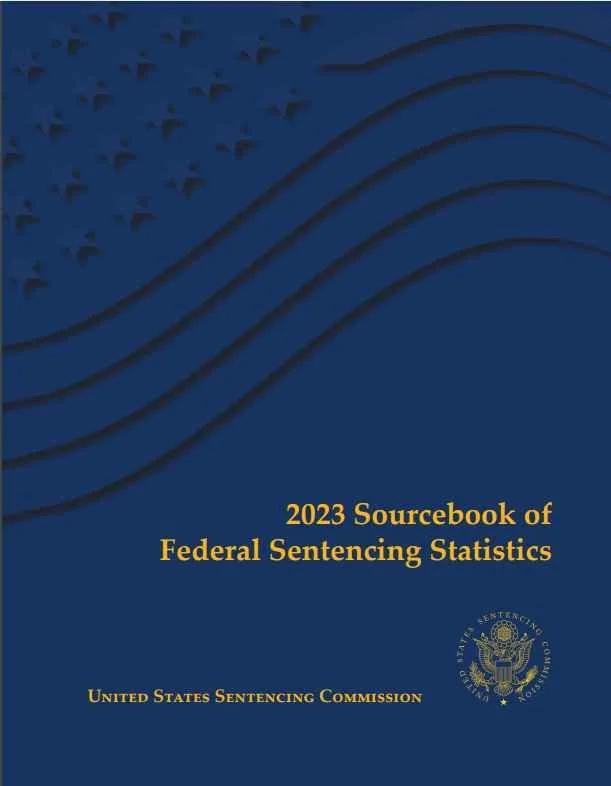By Casey Witte and Emily Mooney
Law enforcement agencies are the gatekeepers of the criminal justice system. Charged with responding to calls for service and investigating crimes, they also exercise a great deal of authority and discretion when it comes to how individuals are held accountable for misbehavior. Depending on the alleged act, state and agency, police officers can correct wrongdoing without an arrest or any court involvement. In some cases, police officers may be authorized to give an individual a warning or citation or to refer someone to community-based programming or services. Colloquially termed “diversion” opportunities due to their movement away from the formal court process, these decisions can be life-changing, particularly when a child is accused of committing a crime. Adolescents are especially prone to partake in risky behaviors, be affected by negative peer influences and struggle to adequately account for the consequences of their actions—all of which put them at greater risk of coming into contact with the justice system. Youth misbehavior can also be a reflection of trauma or a mislabeling of typical child actions due to overbroad criminal laws, such as those that punish youth for “disorderly conduct.” Fortunately, what we know about child development suggests children naturally age-out of crime as their cognitive functions develop, and trauma can be treated outside of the justice process. Police officers can likewise work collaboratively with other community actors to ensure overbroad laws do not result in criminal justice responses to actions better dealt with by schools and parents. After all, when people are arrested, processed and marked with a criminal record all before the age of 18, the long-term consequences can be devastating. Simply being stopped by police can have detrimental effects on a young person’s future, with some research suggesting it can amplify the young person’s likelihood of future criminal activity. After an arrest, a youth is on track to earn less income over their lifetime and be substantially less-educated than their peers. And when a youth arrest is followed by a stint of detention or incarceration, research suggests young people are even more likely to return to crime, particularly when they have had few prior interactions with the justice system. This means that when we introduce our youngest to the justice system, without full consideration of effective alternatives to hold them accountable, we are at risk of crippling their future and accelerating further societal harm. In response to this problem, states and individual law enforcement agencies have begun to establish formal youth diversion programs with set eligibility criteria. These programs allow youth to avoid being formally processed further in the justice system if they complete certain requirements, such as community service. Often, they provide resources— such as referrals to counseling or job services—aimed at meeting the needs of the youth that enter these programs and addressing the factors that led to law enforcement contact. However, there is no uniform design for diversion programs nor is there a uniform understanding of which youth should be diverted. As a result, program components and utility can vary wildly from state to state or even town to town. Such is the case in the state of Maryland. From Allegany to Worcester, law enforcement-driven diversion programs— which for the purposes of this paper are defined as programs managed by law enforcement agencies to which youth can be referred rather than having their case sent to the Department of Juvenile Services (DJS)—have started to take hold, though successful iterations with proven efficacy are still few and far between.6 In recent years, many law enforcement agencies have taken a step in the right direction by creating or forming relationships with existing youth diversion programs in their communities. In some cases, diversion programs driven by State’s Attorney’s Offices have worked to divert young people prior to a DJS referral as well. However, there are still a substantial number of jurisdictions that have no law enforcement-driven diversion programs whatsoever. Accordingly, this policy study will address the importance of police diversion, the state of law enforcement-driven diversion programs in Maryland, and ultimately recommend policies aimed at creating a statewide environment in which all Maryland youth have opportunities to be diverted by law enforcement earlier and with more efficacy.
Washington, DC: R Street, 2021. 15p




















